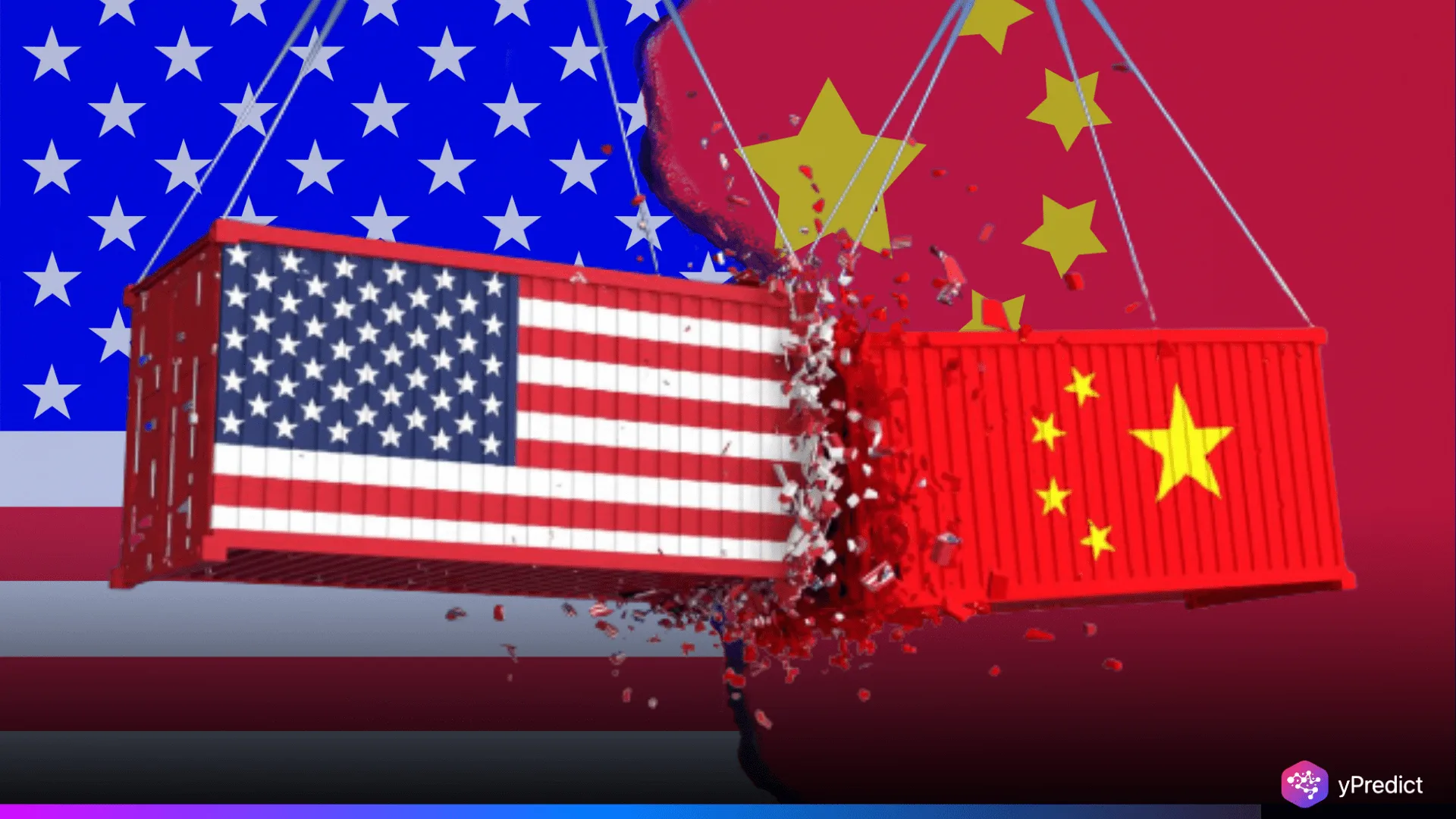
The quantity of container ships leaving China for the US has decreased to its lowest level since May. This drop represents a nearly 40% drop in shipping volume, which coincides with the 90-day extension of a tariff ceasefire. Even with the brief halt, flows are still hampered by high U.S. tariffs on Chinese imports, which average 55%. Thus, these developments underscore fresh tensions in US-China trade.
Global Shipping Slowdown Adds New Pressure on Trade
This recent decline in container ship departures indicates a weakened momentum for trade. Shippers report increased cancellations of their schedules and fewer bookings. Additionally, China’s ports currently have a backlog of empty containers.
Analysts caution that demand may be being suppressed by factors other than tariffs, such as decreased confidence. Thus, this downturn implies that businesses should now postpone preparations for replenishing or stock purchases.
Can the Tariff Truce Revive US-China Trade?
The trade truce’s 90-day extension provided a brief glimmer of hope. The majority of U.S. tariffs on Chinese goods are still quite high, despite ongoing official negotiations. According to exporters, a rate of about 55% gives little opportunity for competition.
American customers express concerns about price and the transfer of cost increases to them. Thus, despite the tariff ceasefire, shipping numbers are not significantly increasing on any side. This huge decline in container ships highlights how precarious the present standstill is.
Furthermore, logistics companies draw attention to growing problems with labor, fuel, and traffic. When combined with persistent policy risk, these reasons make dealers and carriers wary. As a result, importers remain in a wait-and-see attitude the absence of clear indications of reduced duties.
Uncertain Outlook Clouds Path of Global Shipping
Beltway watchers wonder how long this decline will endure, given that shipment volumes have almost halved in only one month. Purchase orders might remain sluggish if no additional softening shows up.
Some businesses might prioritize domestic supply chains or move their sourcing to other areas. However, US-China trade may rebound if negotiations result in tailored relief. However, significant tariff reductions and a more defined policy direction would be necessary for such a reversal.
US-China Trade Faces a Volatile, Uncertain Future
The abrupt decline in container ships from China highlights the continued fragility of cross-Pacific trade. There hasn’t been relief despite the tariff ceasefire. Recovery could stagnate in the absence of reduced responsibilities or increased self-assurance.
Additionally, companies may postpone replenishing until circumstances stabilize or diversify their supply chains. If negotiations go on, volume may rise, but only if tariffs are lowered and trust is rebuilt. Therefore, the dip serves as a reminder that more needs to be done to address US-China trade.







